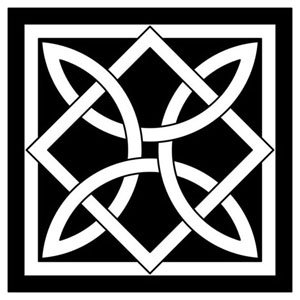Restoration of Traditional Masonry Buildings in Italy
June 3-June 28, 2024
3 Units
Instructor: Prof. Valery Tovazzi
COURSE STRUCTURE
Mornings: Lectures 1.5 hours (4 weeks)
Afternoons: 4 hours field work (2 weeks restoring stone work of the San Giovanni City Gate 13th century in San Gemini)
Course Description
This course introduces students to restoration of historic buildings in Italy. It explores the traditional materials and techniques used to create the buildings and the artwork that is integral to their structure, it also examines the various agents of deterioration that, over time, damage the materials and the different approaches to their restoration and conservation.
The course investigates such traditional building materials as stone, mortars, cements, architectural ceramics, wood and architectural metals. It also examines the materials and methods used in the artwork and decorations, such as fresco painting, secco murals, painting on wood panels, gilding, stone and wood sculpture, decorative plasters, mosaics and stained glass.
The course combines theoretical learning in the classroom with a hands-on experience in the field. As part of the course students will be working on our current field project: the restoration of the San Giovanni City Gate (13th century) in San Gemini.
Course Objectives
The objectives for this course are to introduce students planning a career in restoration to the field, and to offer a useful overview of the process and problematic examples of restoration to students involved in other aspects of the process of conservation and historic preservation. This course is aimed at students of Restoration and Conservation, Historic Preservation, Architecture, Art, Art History, Cultural History, Engineering, Anthropology, Archaeology and Museum Studies.
Summary of Lecture Content
Porous Materials
Natural Stones
Geological Formation
Igneous rocks
Sedimentary rocks
Metamorphic rocks
Stone carving technology
Materials
Tools
Working processes
Traditional Uses in Architecture
Traditional Uses in Art
Decay Processes
Water/Moisture
Wind
Sun/Heat
Pollution
Biological attacks (Bio-deterioration)
Anthropic causes
Preservation/Conservation, Restoration and maintenance (prevention)
Methods of restoration
Consolidation
Joining parts
Cleaning
Chemical-mechanical action (misting water spray)
Filling gaps
Protection
Artificial Stones: Plaster and Mortars
Binders
Gypsum
Aerial lime
Hydraulic lime
Cement
Aggregates
Natural sands
Crushed stones
Pozzolana
Artificial
Crushed bricks and others
Afternoon Workshop
Restoring the façade of San Francesco in San Gemini, a church built in phases from the 13th to the 15th centuries. The work will include:
Treating stone with biocide
Stone cleaning
Consolidation of stone where necessary
Removal of inappropriate mortars
Pointing stone work with hydraulic lime mortars
Treatment of stone with sealers
Applying washes where necessary
Description of Assignments
READINGS: Reading list supplied with acceptance to the program.
Field work: Complete various assignments that are given as part of the field project
Term paper #1: 8 page paper on a topic to be assigned
Term paper #2: 8 page paper on a topic to be assigned (graduate students only)
Exam: mixed format – quiz and essay questions










